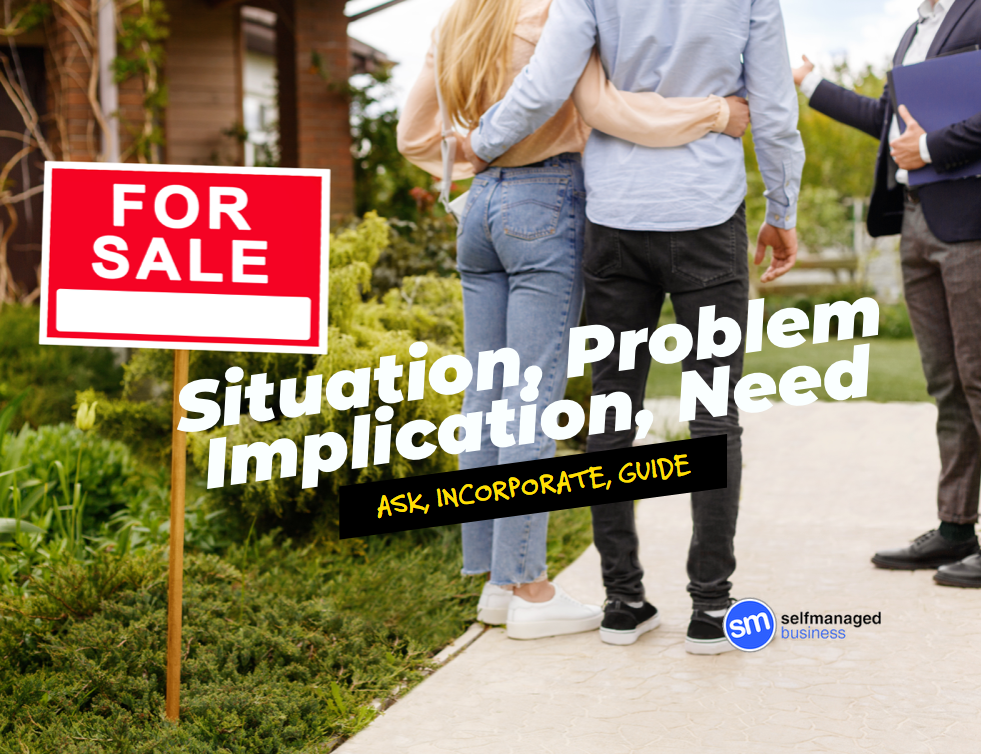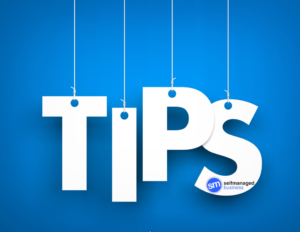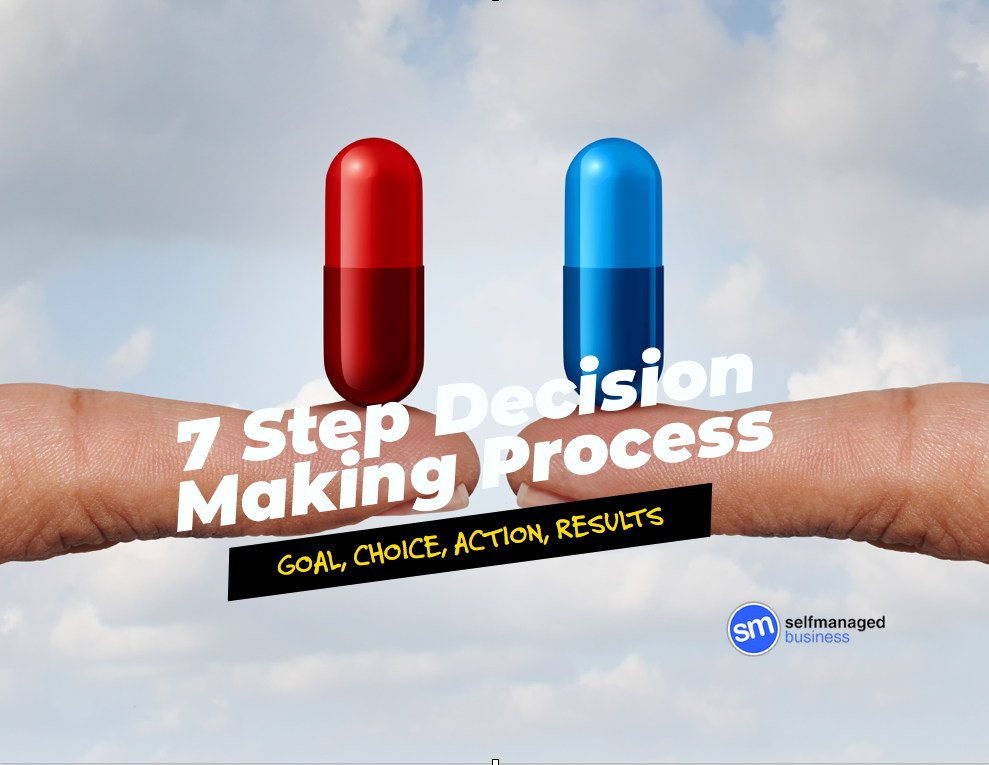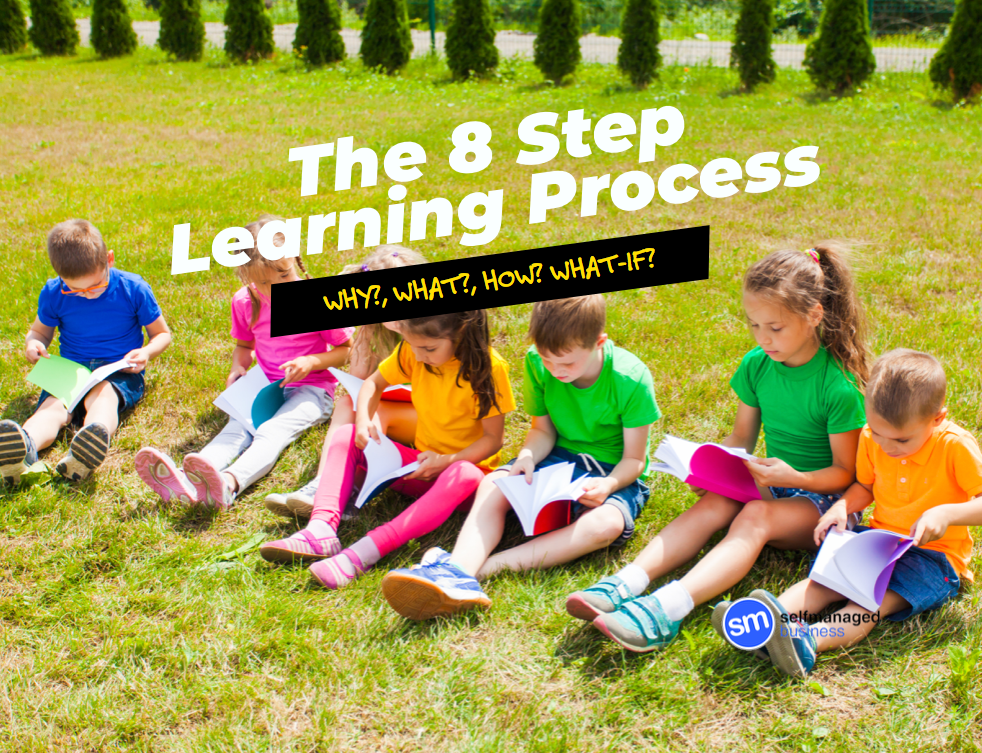Selling with the Neil Rackham's SPIN technique

If you’re a salesperson, you’ve probably heard about SPIN Sales.
It’s one of the most well-known selling systems.
The strategy focuses on asking good questions in the right order, using active listening, and translating the prospect’s needs into your product’s features.
What is SPIN Selling?
SPIN selling is a sales strategy that comes from Neil Rackham’s 1988 classic book, Spin Selling. In his book, Rackham lays out the process to build value as a trusted advisor.
SPIN Selling Methodology
Questions are the foundation of SPIN Selling. Not only does every question have a clear purpose, but the order in which you ask questions is strategic.
SPIN stands for the four stages of the questioning sequence:
S : Situation
P : Problem
I : Implication
N : Need Payoff
Situation
Situation questions are used to learn where your prospect stands from their processes and pain points to competitive plans and results.
The specific questions will depend on your product or service;
Here are some sample questions you can customize for your own use:
- What is your role at [company]?
- How do you do X?
- What’s your process for X?
- Walk me through your day.
- Do you have a strategy in place for X?
- Who’s responsible for X?
- How long have you done X this way?
- Why do you do X this way?
- How much budget do you have assigned to X?
- Why do you do X this way?
- How important is X to your business?
- Who uses X most frequently? What are their objectives?
- Which tools do you currently use to do X?
- Who is your current vendor for X?
- Why did you choose your current vendor for X?
Note the lack of fact-gathering questions like, “How big is your company?”, “How many locations do you have?”, “Which products do you sell?”, and so on.
Problem
In this stage, you identify potential areas of opportunity.
Where is the prospect dissatisfied? They may be unaware they have a problem, so delve into the common places your solution adds value. Here are some example questions:
- How long does it take to do X?
- How expensive is X?
- How many people are required to achieve the necessary results?
- What happens if you’re not successful with X?
- Does this process ever fail?
- Are you satisfied with your current process for X? The results?
- How reliable is your equipment?
- When you have issues, is it typically easy to figure out what went wrong?
- How much effort is required to fix your tools or buy new ones?
- Are you happy with your current supplier?
Implication
Once you’ve targeted your client’s situation and problems, it’s time to explore the implications of those problems.
Showing your client the possible causes and effects supports the sense of urgency you identify in the problem questions step.
Pro tip: Avoid talking about your product at this point, the focus is on the customer and their needs.
Initially, the client or customer may view the problems uncovered by your problem questions simply as inconveniences that don’t need to be solved.
Implication questions hone in on these problems, showing the client or customer why they need to be solved.
For example, your implication questions might address things such as:
- How much more could your teams achieve each week without those time sinks?
- How much time is wasted on inefficient communication each week?
Need Payoff
This fourth set of questions brings all the previous SPIN questions together.
Need-Payoff questions rely on how well the previous sets of questions went in illustrating the problem/solution relationship between your product and your client.
Instead of just telling your client how your product or service can address their pain points, need-payoff questions lead your customer to those conclusions on their own.
If you’ve asked effective situation, problem, and implication questions, your client should already recognize their need for a solution now it’s your job to make sure they choose your solution.
Remember that the need/payoff stage still revolves around questions. Instead of telling the client how your product or service can help them, ask questions that, as the client answers, show the value (or payoff) in choosing your product or service.
Constructing effective need-payoff questions is not easy.
Here are a few SPIN need-payoff question examples:
- Would a comprehensive product management tool increase stakeholder buy-in?
- Would that be valuable for your team?
Having the client connect the dots on how you can help them is a much stronger sales approach than simply telling them how you think you can help them.

Tips for Using SPIN Selling in Todays World
1. Ask as few Situation and Problem questions as possible.
Prospects simply don’t want you to identify the pain points they already know about. You’re valuable because you can find opportunities or pain points your buyers don’t yet know about.
With that in mind, use thought-provoking questions such as,
- “Has your organization ever considered [new strategy]?”,
- “Do you know [surprising statistic]?”, and
- “Would you like some recommendations for preparing for [impending industry event]?”
Rackham didn’t give these questions their own category, but they’re definitely useful in modern sales.
2. Incorporate social selling into your strategy.
When Rackham came out with “Social Selling,” LinkedIn certainly didn’t exist.
Read your prospect’s profile(s), browse their group comments and any articles they’ve written or shared, check out their Recommendations section to get a feel for their work ethic, and so on.
Become as familiar with each individual as you can before your kick-off a sales meeting so you can engage them like it’s the third, fourth or fifth meeting, not the first.
3. Guide their buying process.
As the number of stakeholders involved in every Business to Business (B2B) deal grows larger, your expertise becomes more valuable.
Prospects need you to help them purchase your product or service so come prepared with the job titles/names, of their coworkers who need to be informed or consulted.
Work with your contact to anticipate and avoid roadblocks. Liaise with Procurement and/or Legal when necessary to get the deal over the finish line as quickly and easily as possible.
Although Rackham didn’t give these recommendations in “SPIN Selling,” they’re one of the most effective ways to differentiate yourself in modern sales.
Overall
In SPIN selling, the Situation and Problem questions are used to identify the problems your prospect is facing.
This is something you should find out and by doing research beforehand you can reduce the number of questions you ask so that you don’t annoy the prospect with the standard questions and make more time for the next two sections which are the most tricky and important parts.
The Implication and Need-payoff Questions are the most important aspects of SPIN selling. This is where the prospect finds out how serious his/her problem is. Be it 1988 or 2021, these two aspects require a lot of effort because they involve making the prospect understand the problem and how your product or service can help solve this.
P.S. WHENEVER YOU'RE READY...
Here Are 4 Ways I Can Help You
And Your Coaching Business Right Now!
Previous
Next






